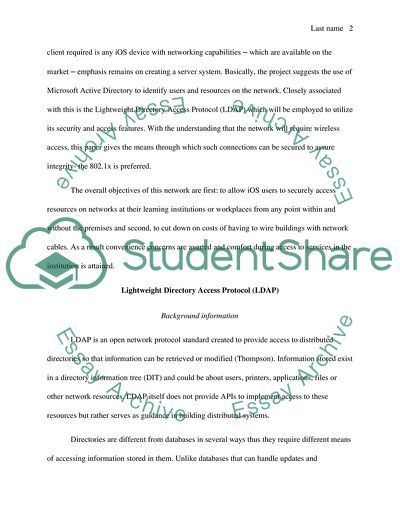Cite this document
(Authenticating iOS Devices to Join the Active Directory Domain Research Paper Example | Topics and Well Written Essays - 2500 words, n.d.)
Authenticating iOS Devices to Join the Active Directory Domain Research Paper Example | Topics and Well Written Essays - 2500 words. https://studentshare.org/information-technology/1850715-background
Authenticating iOS Devices to Join the Active Directory Domain Research Paper Example | Topics and Well Written Essays - 2500 words. https://studentshare.org/information-technology/1850715-background
(Authenticating IOS Devices to Join the Active Directory Domain Research Paper Example | Topics and Well Written Essays - 2500 Words)
Authenticating IOS Devices to Join the Active Directory Domain Research Paper Example | Topics and Well Written Essays - 2500 Words. https://studentshare.org/information-technology/1850715-background.
Authenticating IOS Devices to Join the Active Directory Domain Research Paper Example | Topics and Well Written Essays - 2500 Words. https://studentshare.org/information-technology/1850715-background.
“Authenticating IOS Devices to Join the Active Directory Domain Research Paper Example | Topics and Well Written Essays - 2500 Words”. https://studentshare.org/information-technology/1850715-background.


